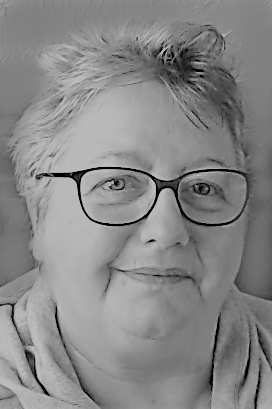Trophic Levels in Ecosystems (College Board AP® Environmental Science) : Study Guide
Cycling of energy & matter in ecosystems
Energy is required to maintain ecosystems:
All ecosystems depend on a continuous input of high-quality energy, primarily from the Sun
This is essential for maintaining the structure and function of ecosystems
Energy flows through the ecosystem, allowing organisms to carry out life processes
Energy flows, matter cycles:
Energy flows in one direction—from the Sun to producers and then through consumers
Matter, such as carbon, nitrogen, and water, cycles between organisms and the environment
Biogeochemical cycles & conservation of matter
Matter is conserved
Matter is not created or destroyed
It is continuously cycled through biogeochemical cycles
Key biogeochemical cycles:
Carbon cycle:
Carbon moves between the atmosphere, organisms, and fossil fuels
Nitrogen cycle:
Nitrogen is cycled through the atmosphere, soil, and organisms
Phosphorus cycle:
Phosphorus moves through rocks, soil, water, and organisms
Ecosystems rely on these cycles:
Balanced biogeochemical cycles support healthy ecosystems
This is because they help to maintain the availability of essential nutrients
Energy flow through trophic levels
Trophic levels are the steps in a food chain or food web
They represent how energy flows through an ecosystem
In terrestrial and near-surface marine communities:
Energy flows from the Sun to producers in the lowest trophic levels and then upward to higher trophic levels
Tropic levels:
Producers (e.g., plants, algae)
Primary consumers (herbivores)
Secondary consumers (carnivores/omnivores)
Tertiary consumers (top predators)
Producers capture solar energy:
Producers (e.g., plants, algae, phytoplankton) convert solar energy into chemical energy through photosynthesis
Example: A prairie ecosystem where grass (producers) captures sunlight to grow
Consumers transfer energy:
Primary consumers (herbivores) eat producers
Secondary and tertiary consumers eat other consumers, transferring energy upward in the food chain
Example: Earthworms decompose organic matter in forests, enriching the soil
Decomposers recycle matter:
Decomposers like fungi and bacteria break down dead organisms, returning nutrients to the soil or water
Example: Earthworms decompose organic matter in forests, enriching the soil


You've read 0 of your 5 free study guides this week
Sign up now. It’s free!
Did this page help you?

